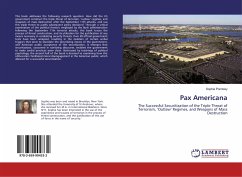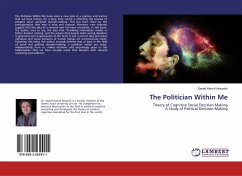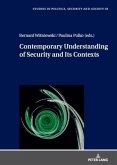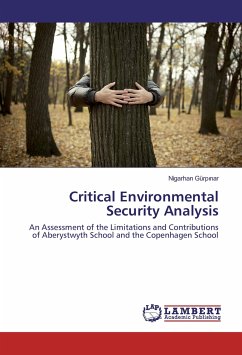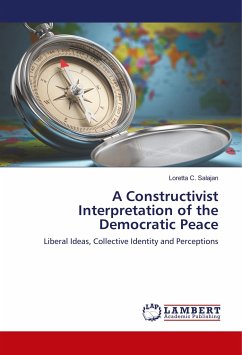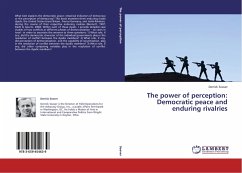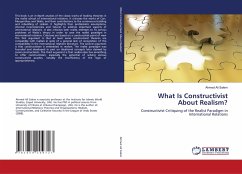This book addresses the following research question: How did the US government construct the triple threat of terrorism, 'outlaw' regimes, and weapons of mass destruction after the September 11th attacks, and use this triple threat to justify subsequent policy decisions? Through a critical examination of the political rhetoric employed by the Bush administration following the September 11th terrorist attacks, this book traces the process of threat construction, and its utilization for the justification of any means necessary in combating security threats. Over 40 official government texts have been analyzed, resulting in the isolation of certain verbal triggers that serve to elucidate the securitizing moves of the government, and American public acceptance of the securitization. It emerges that securitization, cocooned in sanitizing discourse, enabled the government to make sordid practices seem clean. Buttressed by teachings of political psychology, the second half of the book is devoted to examining how this obfuscation facilitated moral disengagement in the American public, which allowed for a successful securitization.
Bitte wählen Sie Ihr Anliegen aus.
Rechnungen
Retourenschein anfordern
Bestellstatus
Storno

